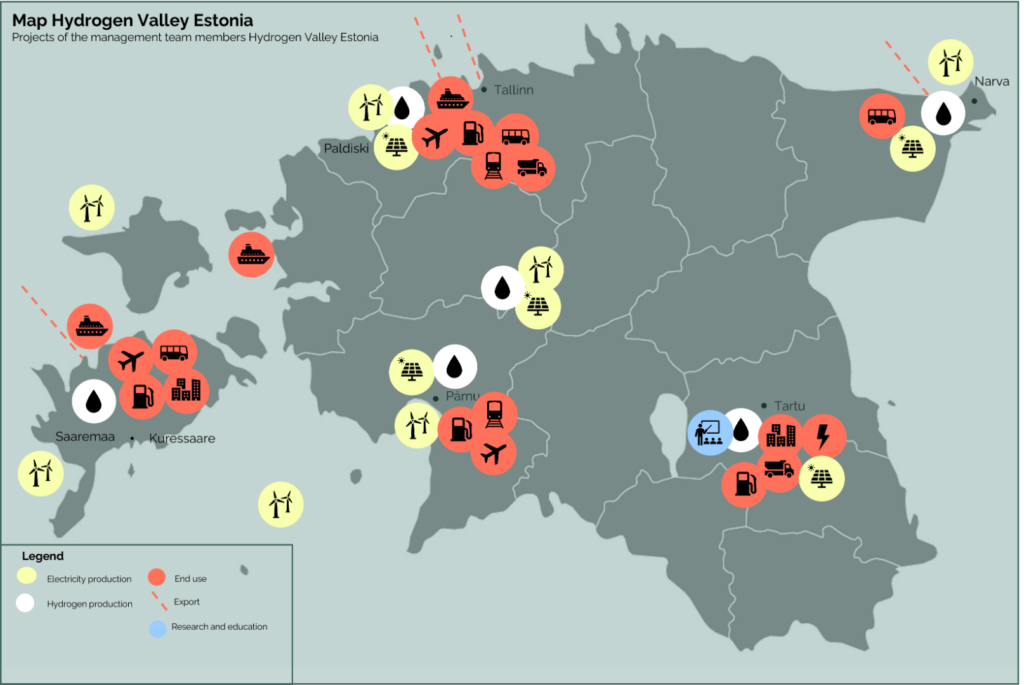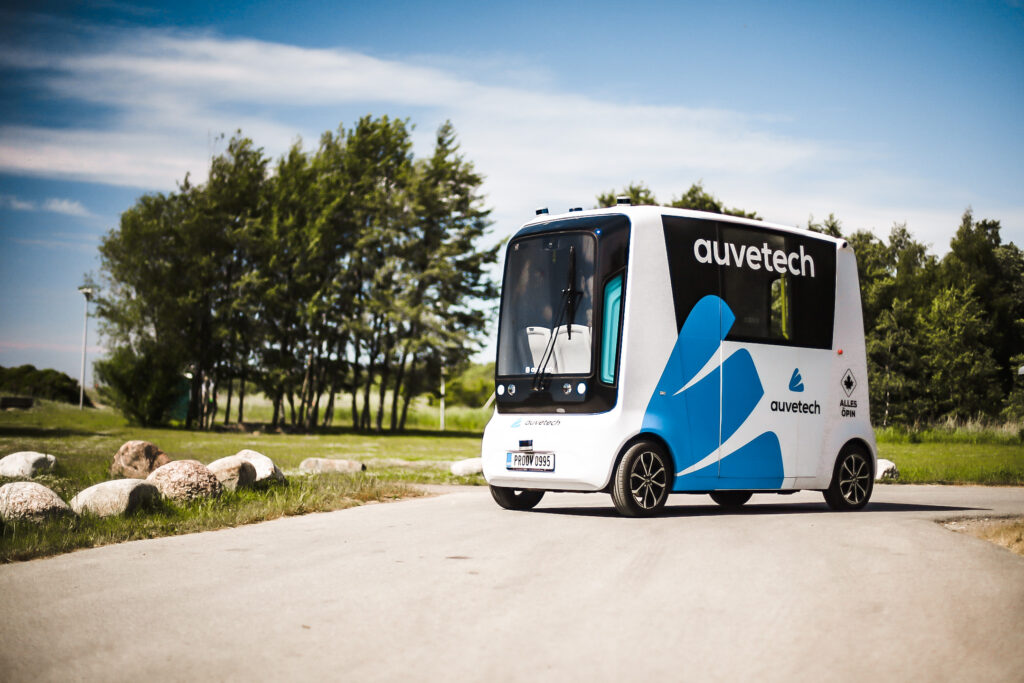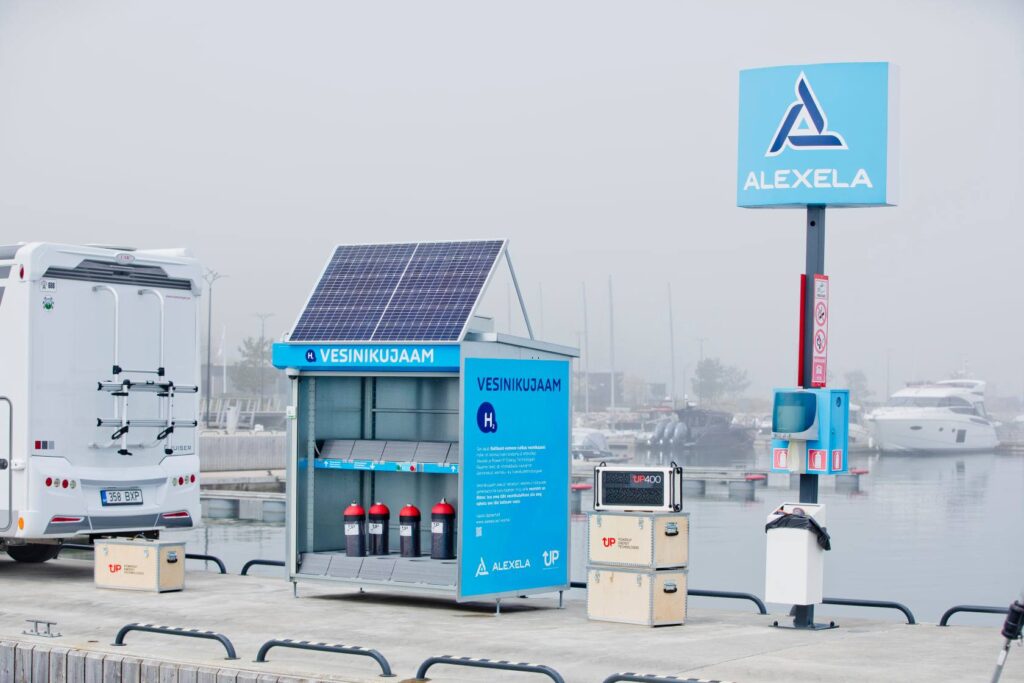The Estonian state-owned energy group, Eesti Energia (Estonian Energy), private energy company Alexela, the Port of Tallinn, the Town of Tartu, the University of Tartu and the Estonian Hydrogen Association on 18 April signed an agreement founding the Estonian Hydrogen Valley to officially create the “world’s first” national hydrogen valley.
Expediting the development of the area of renewable energy based green hydrogen has a key role in implementing the green transition and achieving Estonia’s national climate targets, according to the partners behind the initiative.
“The ambitious objective of the European Union and Estonia to achieve carbon neutrality by 2050 creates the need to significantly speed up the development and introduction of green technologies. Hydrogen, which contributes to the green transition as an energy carrier will be among the most important key words of the next few decades,” the partners said.
The world’s first to cover an entire country
According to Marek Alliksoo, the head of international projects of the Estonian Hydrogen Technologies Association, hydrogen valleys mostly cover a single city or region, but the Estonian Hydrogen Valley will be the world’s first one to cover an entire country.
“If Silicon Valley in the United States is a global centre of high technology and innovation, the ambition of Estonia’s hydrogen valley is to develop our region’s technology and innovation centre for the hydrogen economy,” Alliksoo said. “The agreement signed today turns the enthusiasm-based initiative into an official association, which enables us to advance hydrogen cooperation and build the hydrogen economy in a faster, smoother and more efficient way, and to contribute to the implementation of the green revolution.”
The Estonian hydrogen valley is a consortium of Estonian public and private capital-based organisations, including research institutions, the objective of which is to render the local mainly fossil fuel-based energy system more sustainable. The plan is to develop the first country-wide hydrogen ecosystem; the first production units, distribution solutions and uses will be created within the next six years.

A hydrogen bus to be tested in Tartu
“In cooperation with entrepreneurs, we’ve launched an international pilot project, as a result of which we’ll be able to test a hydrogen bus and refuelling option in Tartu in 2025. There is great potential in the use of green hydrogen in the transport sector but at present, there is no green hydrogen production in Estonia and there also are no refuelling options,” Raimond Tamm, a deputy mayor of Estonia’s second largest town, Tartu, said.
“As hydrogen will have an important role in our energy system in the future, the Town of Tartu is participating in the creation of the Estonian Hydrogen Valley in order to give impetus to the hydrogen economy in cooperation with our partners,” Tamm added.

Marti Hääl, the chairman of the energy company Alexela, said it will not be long until hydrogen refuelling stations are established.
“Alexela has started designing public hydrogen refuelling stations and aims to open its first station in Tallinn in 2024,” he said, adding the hydrogen refuelling stations will follow in Pärnu, Tartu and eastern Estonia.
The Estonian Hydrogen Valley support group already includes more than 30 local and international institutions, and new interested parties are very welcome to join.
Clean alternative to natural gas
Hydrogen is a clean alternative to natural gas and it can also be transported through existing gas pipelines. It’s the most abundant chemical element, estimated to contribute 75% of the mass of the universe. It can be produced from a variety of resources, such as natural gas, nuclear power, biogas and renewable power like solar and wind. The challenge is harnessing hydrogen as a gas on a large scale.

Burning hydrogen does not release carbon dioxide, so unlike burning natural gas, it wouldn’t contribute to climate change.
Currently, China has the highest number of hydrogen fuelling stations for road vehicles, followed by Japan, South Korea, Germany and the US.

